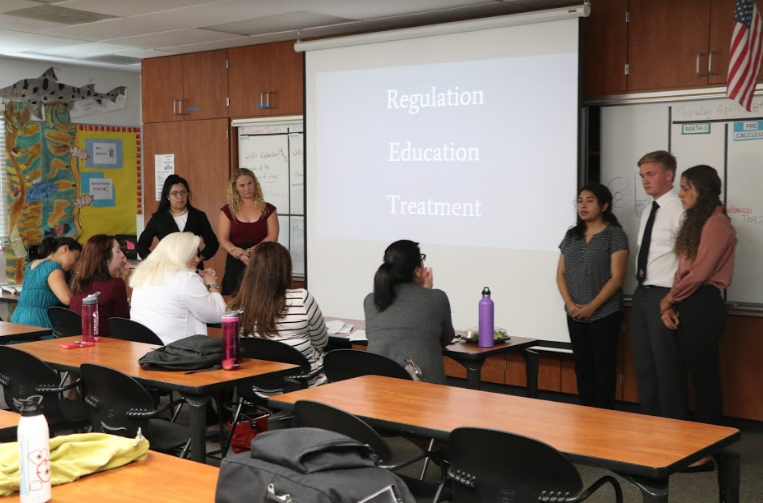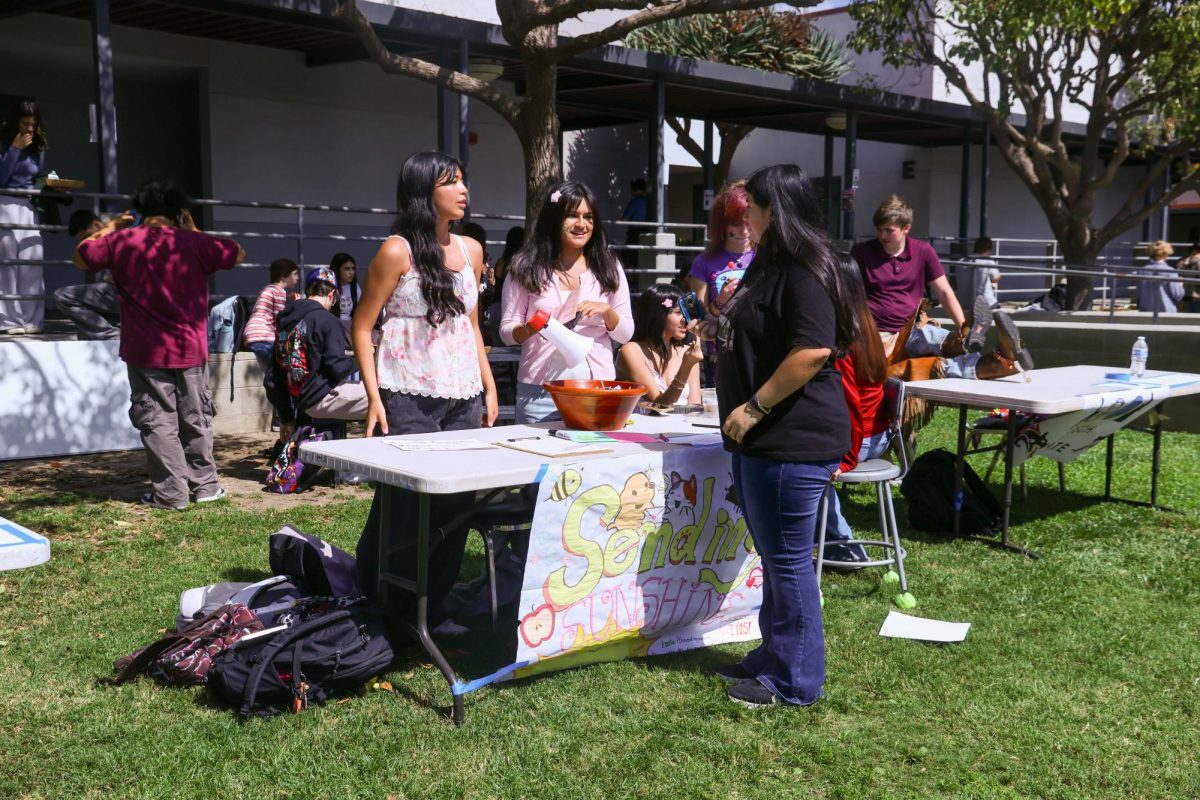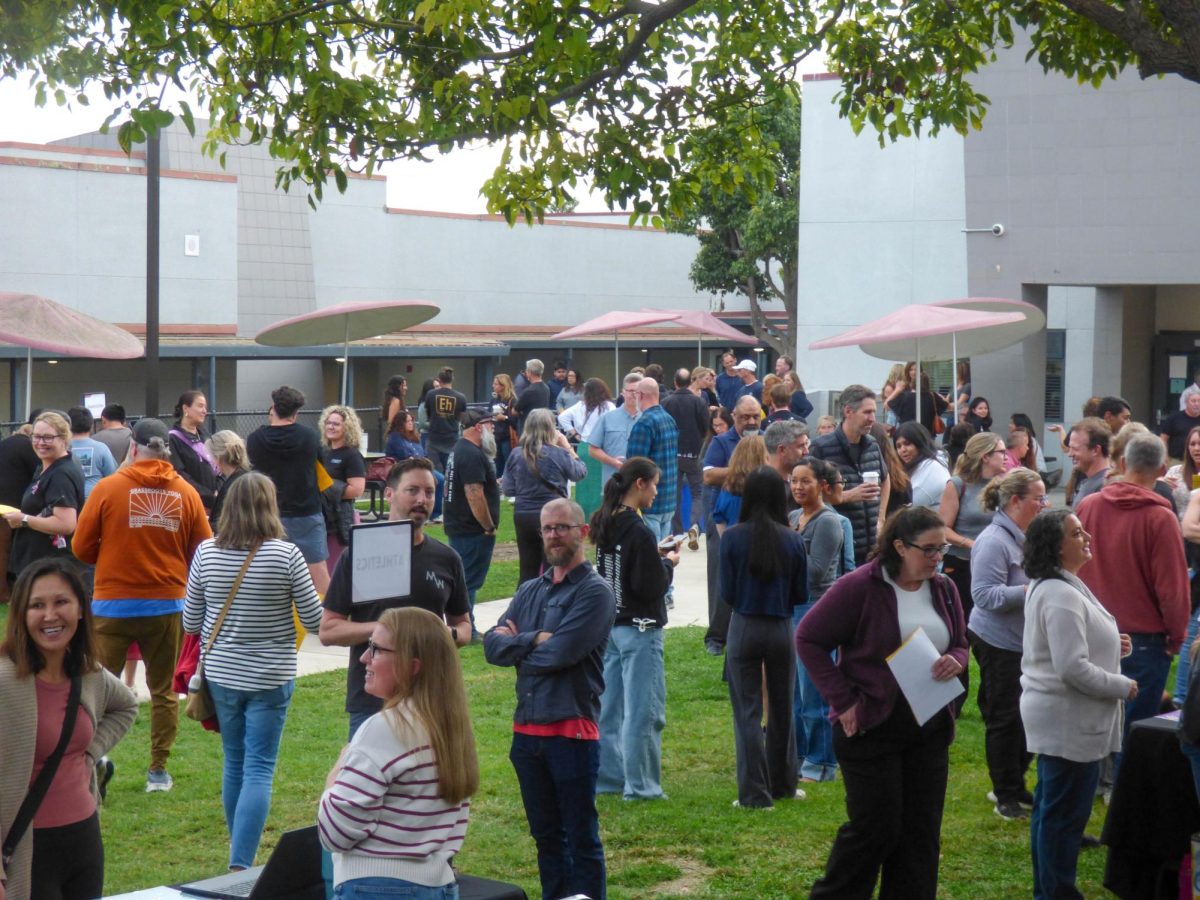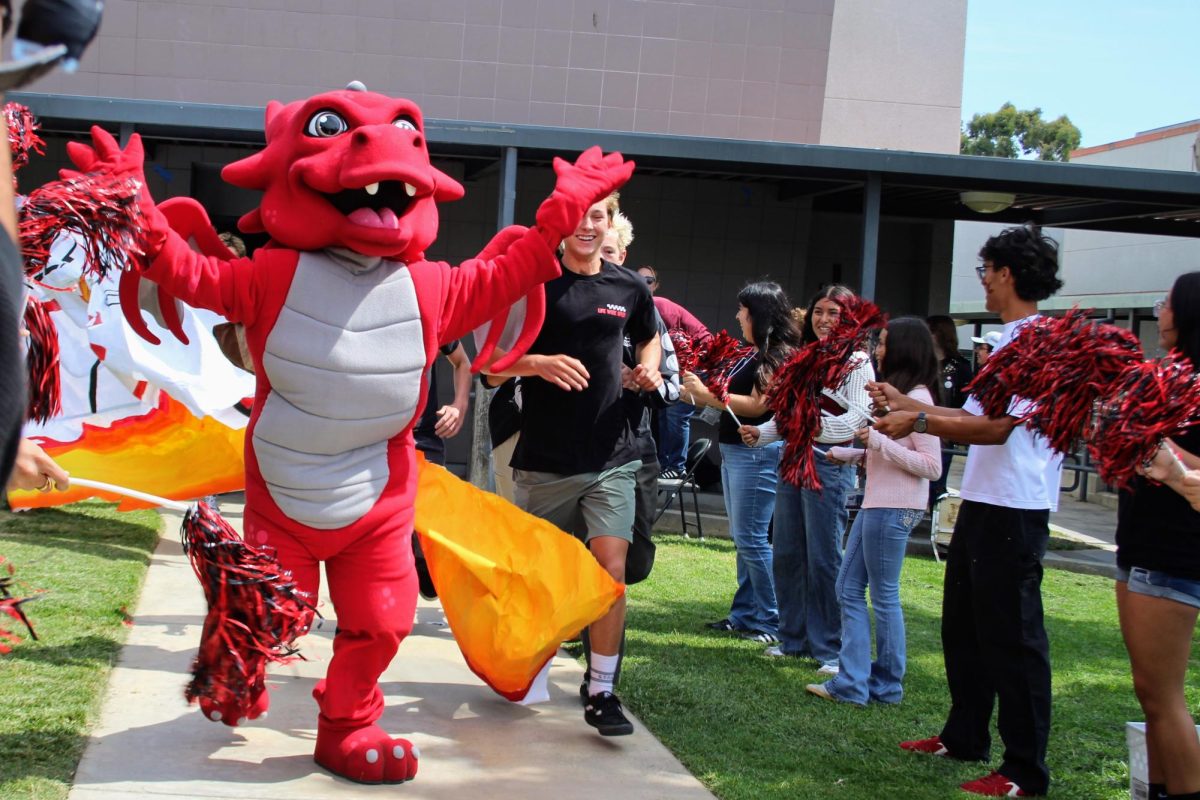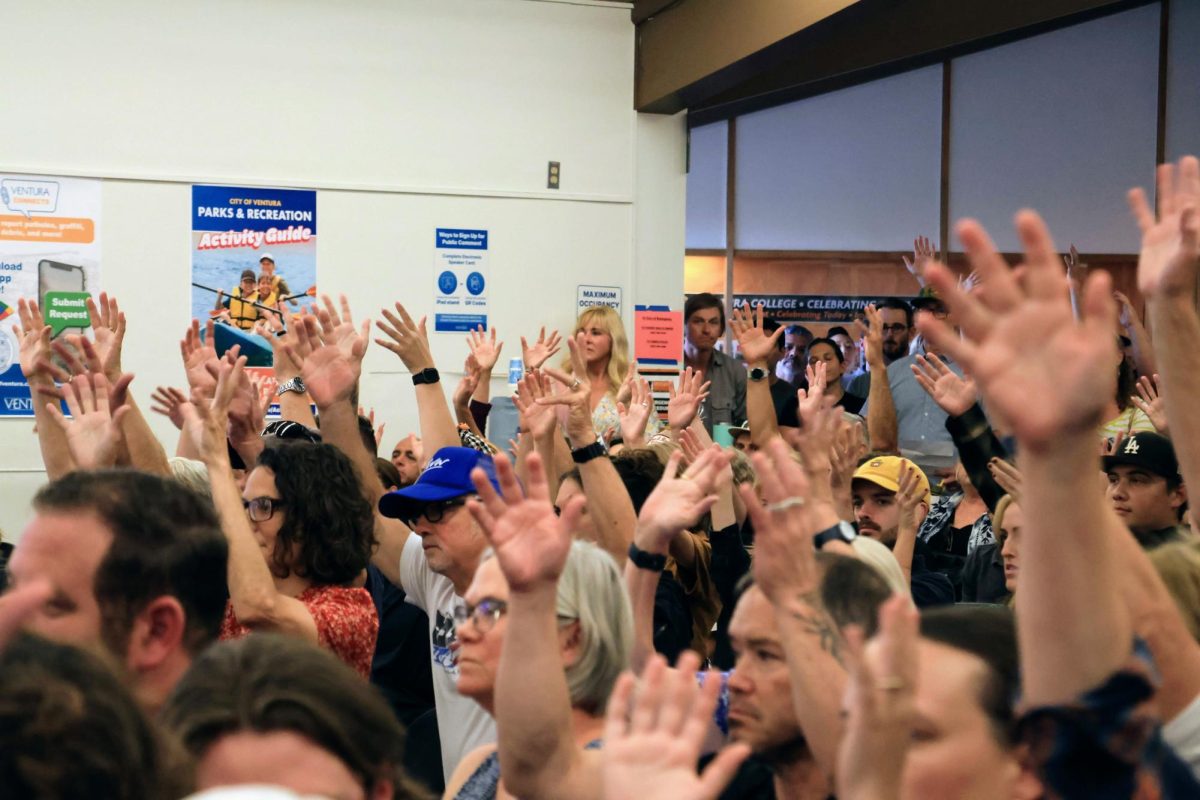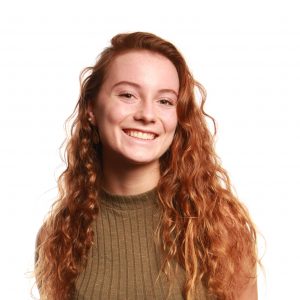Equipped with earphones on full blast, a few students were seen sprinting and leaping through the quad, celebrating the completion of the BioScience Disease Project. Occurring annually, this project is a rigorous yet rewarding task where juniors enrolled in the BioScience program are assigned to research a specific disease and figure out the most fitting plan of action in the instance of an outbreak.
Each group is assigned a disease as well as an event where the disease is exposed to the public. Beginning in January, they work to formulate a plan that will protect the public from the outbreak while also incorporating the microbiology of the disease, its symptoms, etc. This information is presented to a panel of assessors who grade the students, and then fire questions at the team in a Q & A session.
This year, the assessors were as follows: Infection Preventionist Debbie Bumblis, Epidemiologist Barbara Spraktes-Wilkins, Microbiologist Lauren Constancio, VC Innovates Industry Liaison Irene Ornelas and Ventura County Tuberculosis Lead Sherri Hurd.
[soundcloud url=”https://api.soundcloud.com/tracks/319865321″ params=”auto_play=false&hide_related=false&show_comments=true&show_user=true&show_reposts=false&visual=true” width=”100%” height=”166″ iframe=”true” /]
Acacia Danza ‘18 was a part of a team that presented on the bioterrorism of anthrax. Danza said the hard work and practice she and her team put into the project “really paid off.”
Danza was excited because she “gained an understanding of what the city goes through and public health goes through when there is an outbreak.”
Her presentation went well because the entirety of her group “knew what we were talking about” and they were “pretty confident in their PowerPoint” presentation.
Despite this, Danza said she thought the Q & A session was “a little bit unfair” because the assessors asked multiple questions dealing with the morphology of anthrax that she and her team were “never really assigned to look at.”
BioScience Academy coordinator and Medical Technology teacher Mika Anderson loves the project because of its relevance to our community.
“It is real,” Anderson said. “It is something that can happen.”
Anderson said it’s important for her students to be able to recognize the connection between what they’re learning and how this applies to the real world because “they can possibly see a career path in the future in that particular area.”
Every year, the knowledge that the students acquire through their own research never fails to astound Anderson.
“The amount that they learned in terms of both content and application was exponential,” she said.
[soundcloud url=”https://api.soundcloud.com/tracks/319866147″ params=”color=ff5500&auto_play=false&hide_related=false&show_comments=true&show_user=true&show_reposts=false” width=”100%” height=”166″ iframe=”true” /]
Jaqueline Fregoso ‘18 was part of the team that was assigned measles. Before presenting, Fregoso was “super scared” and “really nervous, and calm at the same time, if that makes any sense.”
Fregoso is very proud of her team and believes they did well in their presentation because the assessors seemed to only ask “more higher-level thinking questions” rather than “questions that were part of the presentation.”
Now that the project is over, Fregoso is “relieved” and the project solidified her opinion that “BioScience rules!”


